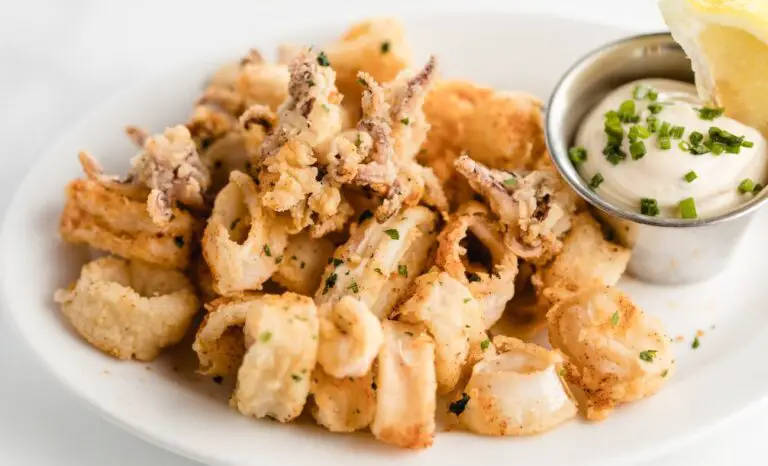Anyone who’s ever cooked pasta has probably encountered that frustrating moment when the noodles clump together, becoming one big, sticky mess. Whether it’s for a quick weeknight dinner or a special meal, you want your pasta to come out perfectly – not stuck in a giant lump.
So, why does this happen, and how can you avoid it? In this post, I’ll walk through the common causes of sticky pasta and share tips on how to prevent it. With the right techniques, your pasta will turn out perfectly cooked every time, with a beautiful texture and no sticky clumps.
1. Not Enough Water
One of the biggest mistakes when cooking pasta is not using enough water. Pasta needs room to move around in the pot to cook evenly. If there isn’t enough water, the pasta will stick together because it doesn’t have the space to separate properly.
How much water should you use?
For every 100 grams of pasta, use at least 1 liter of water. This will give the pasta enough space to cook properly without clumping together. The more water you use, the better the pasta will cook.
I always make sure to fill the pot with plenty of water before adding the pasta. This is the first step in ensuring your pasta doesn’t stick.
2. Not Stirring Enough
When pasta is added to boiling water, it has a tendency to stick together at first. If you don’t stir it enough in the first few minutes, it will clump. Stirring helps separate the noodles and prevents them from sticking.
How often should you stir?
When the pasta is first added, give it a good stir to break up the noodles and make sure they don’t stick to the bottom of the pot. After that, stir every couple of minutes to keep things moving. A gentle stir is all that’s needed. You don’t have to be constantly stirring, but occasional stirring will keep things from sticking.
3. Cooking Pasta Too Long
Cooking pasta for too long can make it mushy and cause it to stick together. Overcooking also causes the pasta to release excess starch, which leads to clumping.
How long should you cook pasta?
Check the package instructions for the recommended cooking time, but always taste the pasta a minute or two before the time is up to make sure it’s al dente (firm to the bite). Al dente pasta has the best texture and is less likely to stick together.
I like to set a timer when cooking pasta so I don’t forget to check it and overcook it. Overcooking can also lead to a soggy texture, which isn’t ideal.
4. Not Draining and Rinsing Properly
Once your pasta is cooked, it’s important to drain it properly. Don’t leave it sitting in the pot with excess water. If you’re not going to serve it immediately, you may want to rinse it to cool it down and stop the cooking process. This will also help prevent the pasta from sticking together.
However, don’t rinse your pasta if you’re planning to mix it directly with sauce. The natural starch on the surface of the pasta helps the sauce stick better. Rinsing should only be done if you’re storing the pasta or using it in a cold pasta salad.
5. Adding Oil to the Water
Many people add a little bit of oil to the pasta water to keep the noodles from sticking. While this is a common practice, it’s actually not the best way to go about it. Oil can coat the pasta, preventing the sauce from sticking later on.
What should you do instead?
Instead of adding oil to the water, focus on the other tips—using enough water, stirring occasionally, and salting the water. These methods are more effective and won’t interfere with your sauce later.
6. Not Using Sauce Immediately
After draining the pasta, if you don’t mix it with your sauce right away, the pasta will continue to release starch and can start to stick together. This is especially true if you’re not serving the pasta right after cooking.
What’s the solution?
Once you’ve drained the pasta, immediately mix it with your sauce. If you’re not serving it right away, add a little bit of sauce to the pasta and toss it around to keep it from sticking. This helps coat the noodles and maintain the right texture.
If you’re prepping pasta ahead of time, toss it in a little bit of olive oil or butter to prevent clumping while it cools down.
7. Using Cold Pasta for Salad or Leftovers
If you’re making pasta salad or storing pasta for leftovers, you may need to deal with the issue of pasta sticking together. Cold pasta that has been sitting in the fridge can clump together because the starches solidify as they cool.
How to prevent this?
To prevent the pasta from sticking when making pasta salad, rinse it under cold water after draining. This will stop the cooking process and remove some of the starch. Afterward, toss the pasta with a little olive oil or your desired dressing to prevent it from sticking together.
Final Thoughts
Sticky pasta doesn’t have to be the end of your meal. By following a few simple tips—like using enough water, stirring often, salting the water, and cooking the pasta just right—you can avoid clumping and achieve that perfect texture every time.
With these easy-to-follow techniques, you’ll never have to worry about pasta sticking together again. And when you serve up your next bowl of perfectly cooked pasta, you’ll have a simple, hassle-free meal that’s just waiting to be enjoyed.



